買器材 » 模組化合成器 » Modulation » AJH Synth Precision Voltages


Precision Voltages
Sometimes near enough just isn't good enough - we have to have precision. Eurorack modular synthesisers use the Volts per Octave standard for pitch control, where a change of exactly one Volt in pitch CV results in an exact one octave change in pitch from the oscillators. Even small inacurracies in voltage can lead to quite large changes in pitch, so for transposition and control voltage addition it is important to have a very accurate voltage source and adder to keep everything in tune.
The Precision Voltages can be used as a super accurate voltage source, voltage adder or both at the same time. It has two channels to which voltages representing Octaves and Notes can be added or subtracted. If there is no input to a channel then it behaves as is a voltage source, or if an input is added to that channel then it becomes a very accurate voltage summer that can add a precise voltage to the incoming voltage.
Channel A also allows an external Gate signal to be used to turn on and off voltage addition while still passing the input signal to the output unchanged. We also have a useful Combination Mode, where channel B can be added or subtracted from Channel A.
A calibration output is also included which has an accuracy of +/-0.5mV so that it can be used instead of expensive test equipment to calibrate VCO's and similar modules.
-
Module Width: 10hp
-
Module Depth: 26mm (Including power lead)
-
Current Usage: 25mA Positive, 15mA Negative
In Depth
The human ear is very sensitve to pitch; when an instrument is even slightly out of tune then (almost!) everyone can hear that something just isn't right. It is therefore very important to have accurate control of oscillator pitch so that we can keep everything in tune. So if we wish to transpose Pitch CV up and down, or add Pitch CV Voltages together then we need an accurate Voltage Source and Adder module so that things don't end up going sharp or flat. The vast majority of general purpose Eurorack modules do not have sufficient precision to achieve this, which is why we have developed the AJHSynth Precision Voltages Module.
In the even tempered musical scale an octave is comprised of 12 chromatic notes, and each note is divided into 100 cents, so there are 1,200 cents per octave. A musician with a trained ear can often discern if an instrument is as little as two or three cents out of tune,
Divisions of voltage are measured in millivolts and there are 1,000mV in a Volt, so one musical cent in this context would correspond to 0.833 mV. Therefore a change of 3 musical cents is only 2.5mV, or one four hundreth of a Volt. It follows from this that we need VERY accurate control of voltages that we use for pitch control in order to keep everything musical.
Channel A
The output voltage from OUT A is determined by the following controls:
IN A - If nothing is patched into IN A then the Precision Voltages Module behaves as a Voltage Source - it can generate very precise positive and negative voltages that are in exact proportion to octaves and notes on a 1V/Oct scale. This voltage is available from the OUT A jack..
If a voltage is patched to IN A then Channel A behaves as a Precision Adder,- the input voltage patched to IN A will always be passed through to OUT A, and depending on the settings of the front panel controls a voltage generated by the Precision Voltage module may be added (or subtracted) to IN A, and this combination of voltages will be available at OUT A
A+/A- Octave Switch - This is a three position switch. In the A+ position this adds 0 to +10V (0ctaves), or in the A- position this adds 0 to -10V to the A channel, depending upon the setting of the rotary OCTAVE switch. With the toggle switch in centre position the setting of the OCTAVE rotary switch is ignored and no voltage from it is added to Channel A OUT
A+/A- Note Switch - This is a three position switch. In the A+ position it adds the voltage from the NOTE rotary switch, which offers a range of voltages in 1/12th volt increments representing notes in the 1V/Octave voltage standard, where a note is 0.0833V. We can therefore add 1 to 12 notes to the A channel , or in the A- position this subtracts 1 to 12 notes from the A channel, again depending upon the setting of the Rotary NOTE switch. With the toggle switch in the centre position no voltage from the Rotary NOTE switch is added or subtracted to the A channel.
It can be seen from this that both positive and negative Octaves and Notes can be added to the A channel, so we can transpose up and down by both octaves and notes simultaneously. For example we can add (for example) +2 OCTAVES and -6 NOTES to the A ouput, this corresponds to +1.5V and would raise the pitch of a VCO connected to OUT A by exactly 1.5 Octaves.
GATE A - This is very useful as it allows an external +5V Gate signal to determine whether the voltages from the Octave and Note Rotary switches are added to the A channel (Gate high) or the OUT A only mirrors IN A and no voltages are added or subtracted from the IN A.
For example, lets say we connect the 1V/Oct output of a sequencer to the IN A jack, and we put the Note A+/A- switch in the up position and select 6 on the Note Rotary switch. Now we patch the OUT A to a VCO, or a Synth Voice. When the patched in Gate is low the OUT A will exactly track the IN A from the sequencer, so there will be no transposition. But if we take the Gate high then the OUT A will be transposed by +0.5V, which would transpose up the sequence by six notes, or half an octave.
Only Channel A can be gated using GATE A, Channel B does not have this facility.
The precision of Channel A is +/-2mV or better over a 20V range (from -10V to +10V)
OUT A - This is the output of Channel A
Block Layout diagram
Here's a useful block layout showing how the various parts if the the module are interconnected

Channel B
The output voltage from OUT B is determined by the following controls:
IN B - If nothing is patched into IN B then the Precision Voltages Module behaves as a Voltage Source - it can generate very precise positive and negative voltages that are in exact proportion to octaves and notes on a 1V/Oct scale. This voltage is available from the OUT B jack..
If a voltage is patched to IN B then Channel B behaves as a Precision Adder,- the input voltage patched to IN B will always be passed through to OUT B, and depending on the settings of the front panel controls a voltage generated by the Precision Voltage module may be added (or subtracted) to IN B, and thiscombination of voltages will be available at OUT B
B+/B- Octave Switch - This is a three position switch. In the B+ position this adds 0 to +10V (0ctaves), or in the B- position this adds 0 to -10V to the B channel, depending upon the setting of the rotary OCTAVE switch. With the toggle switch in centre position the setting of the OCTAVE rotary switch is ignored and no voltage from it is added to Channel B OUT
B+/B- Note Switch - This is a three position switch. In the B+ position it adds the voltage from the NOTE rotary switch, which offers a range of voltages in 1/12th volt increments representing notes in the 1V/Octave voltage standard, where a note is 0.0833V. We can therefore add 1 to 12 notes to the B channel , or in the B- position this subtracts 1 to 12 notes from the B channel, again depending upon the setting of the Rotary NOTE switch. With the toggle switch in the centre position no voltage from the Rotary NOTE switch is added or subtracted to the B channel.
It can be seen from this that both positive and negative Octaves and Notes can be added to the B channel, so we can transpose up and down by both octaves and notes simultaneously. For example we can add +2 OCTAVES and -6 NOTES to the A ouput, this corresponds to +1.5V and would raise the pitch of a VCO connected to OUT A by exactly 1.5 Octaves.
Obviously the limitation here is that the A and B Channels share the same OCTAVE and NOTE rotary switches, so the OCTAVE and NOTE must be the same, however it can be either a positive or negative voltage (or zero if turned off). For example +2 Volts can be added to Channel A at the same time as -2V are added to Channel B. This same principle applies to the NOTE switch too.
The precision of Channel B is +/-2mV or better over a 20V range (from -10V to +10V)
OUT B - This is the output of Channel B
How it works- Combination Mode
In addition to channels A and B there also is a combination mode which can be used to add channel B to Channel A, or Subtract Channel B from Channel A.
OUT - This is the output of Channel B
Mode Switch - The combination mode switch has three settings as follows:
A ( Switch centred). This routes Channel A to the OUT jack
A+B (Switch up). This sums (adds together) Channels A and Channels B and the result is available at the OUT jack
A-B (Switch down). This subtracts Channel B from Channel A and presents the result to the OUT jack.
All of the other features of Channel A and Channel B can be used in this mode, so foe example Channel A can be Gated as described above, and both IN A and IN B are active so that Channels A and Channel B can be used as Voltage Sources or for summing.
Calibration Output
This is where we get REALLY precise! The CAL out is a super accurate voltage source intended for calibration of VCO's and other modules that require a very accurate calibration voltage. This output is accurate to <1mV over 20V, which translates to better than one cent over 20 octaves! It is ideal for calibrating the scaling of VCO's, indeed we have been using our own version of this circuit to calibrate our own MiniMod VCO's for the last three years.
At the heart of the Precision Voltages module are some very expensive parts - unfortunately precision doesn't come cheap! We use an ultra low drift Voltage Reference chip with a drift of less than 5ppm/degC, which we calibrate to a setting of +10.0000V, and we match this to a resistor ladder chain which is comprised of 0.01% 5ppm resistors, in order to give unparalleled accuracy for the individual octave steps.
Only the OCTAVE rotary control and the A+/A- switch are connected to the CAL channel, so fixed voltages from -10V to +10V (in 1V steps) are available from the CAL output. The accuracy is as follows:
0 to +10V range, accurate to 0.5mV (500uV) over the full range.
0 to -10V range, accurate to 1mV over the full range.
The CAL output is precise enough to be a replacement for expensive test equipment, indeed here at AJHSynth it has now replaced a piece of test equipment which was considerably more expensive.
A few uses for the Precision Voltages Module
The Precision Voltages can generate extremely accurate voltages, and can also add a very accurate voltage to an incoming voltage. It can also add two (or subtract from one another) two incoming voltages and add a fixed voltage too by using the OUT channel.
Typical uses would be:
1) Feeding the output from a sequencer to the IN A, we can then either add or subtract octaves and notes to this control voltage which is routed to OUT A. This way we can very easily transpose the incoming Pitch CV up or down by both octaves and in half note increments too.
2) Adding accurate octave switching to VCO's that do not have an Octave switch. Many Eurorack VCO's (excluding the AJHSynth MiniMod VCO) only have Course and Fine Tune controls, and do not have an Octave transpose switch. To add this feature to a VCO simply patch the V/Oct CV pitch voltage to the Precision Voltage IN A and patch the Precision Voltage OUT A to the VCO 1V/Oct input - you will now have both Octave and Chromatic Note adjustment for the VCO.
3) Precision addition or subtraction of two voltages. Connect one voltage source to IN A and the second Voltage source to IN 2. Ensure that the A+/A- and B+/B- switches are centred so that no internal voltage is added to either of the incoming voltages. The COMBINATION MODE switch can be used to accurately add togther the two voltages (A+B position), or subtract one from the other (A-B position) and the resultant voltage is routed to the OUT jack.
4) Calibrating VCO's - We use the Precision Voltages Module here at AJHSynth to calibrate all of our MiniMod VCO's - yes, its accurate enough to be used as a piece of test equipment! This is the purpose of the CAL output - it uses a super accurate voltage reference and low tempco resistors to give an astonishing accuracy from 0 to 10V range of +/- 0.1mV, and this level of precision makes it perfect for calibration, or re-calibration of oscillators.
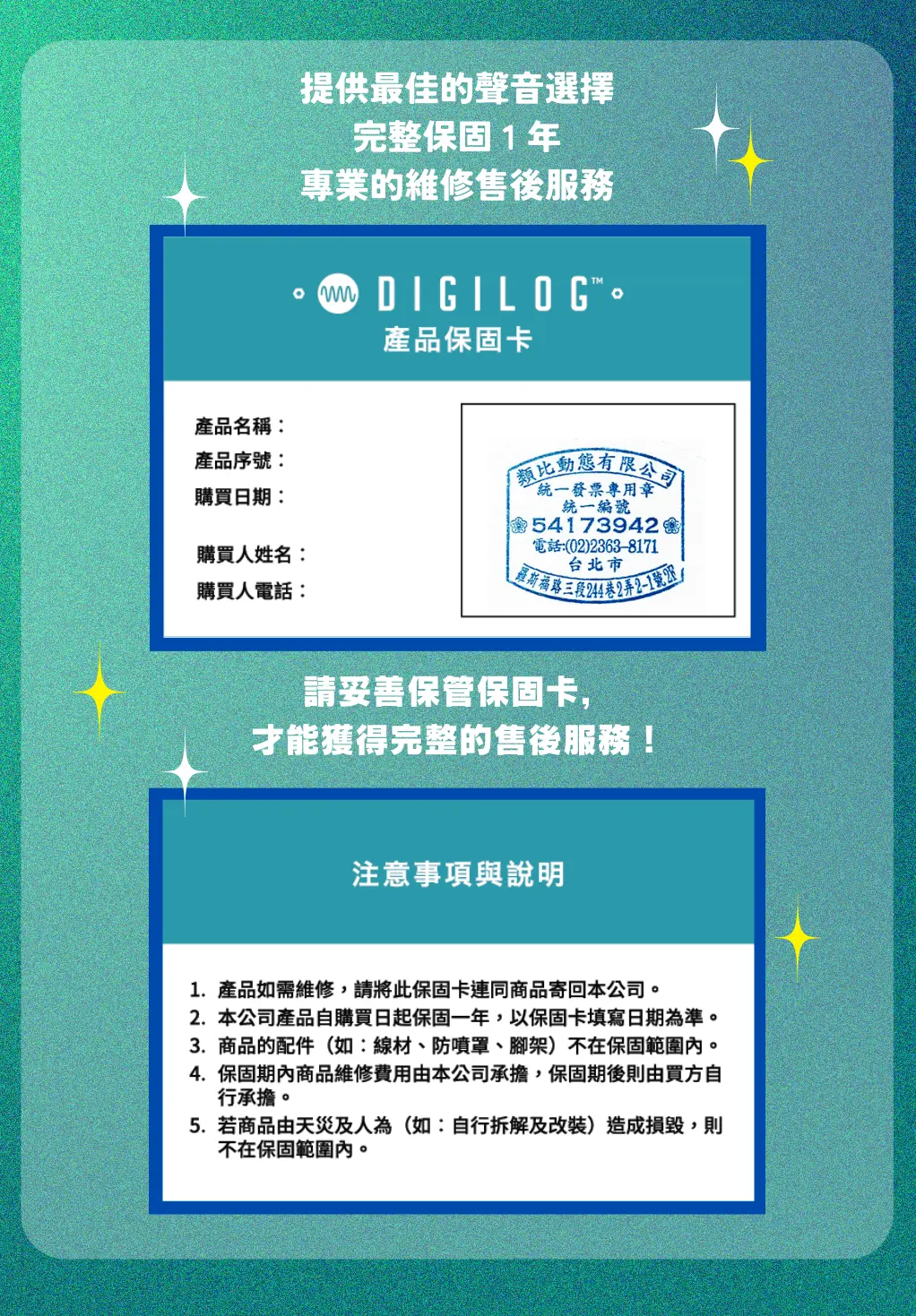


使用評論:
購物須知 Q&A
Q1 . 何謂鑑賞期?
依消費者保護法之規定,網路購物享有商品到貨日起算七天猶豫期。必須提醒您,「 猶豫期並非試用期 」,鑑賞期目的為提供您檢視、參考,並非提供您商品的試用,若您收到商品經檢視後有任何不合意之處,請勿拆封使用,並立即依照退貨規定辦理退貨。商品退換貨必須是完整包裝,且勿缺漏各項配件及贈品,或自行拆損原廠包裝與外盒。若有任何遺失、損毀或是缺件,可能會引響到您的退換貨權益,也可能依照損毀狀況扣除復原之相關費用。
Q2 . 如何辦理退換貨?
若您確定要辦理退貨,請務必保持商品全新完整包裝,且勿損毀原廠外盒。包含商品本體、配件、保證書、原廠包裝、附隨說明文件等,均須包含在內,勿缺漏任何一項。若有其他可歸責您的原因,造成商品損毀,將無法辦理退貨,或須將損壞費用於退款中扣抵。但商品如有新品瑕疵問題,則不在此限,享有無條件退換貨服務。
請於鑑賞期內來電或來信,詳細告知我們欲退換貨之原因、商品現況、電話,及取件的地址,我們將於 3 - 5 個工作天內安拍退貨事宜。
Q3 . 如何收到退款、需要多少時間?
依不同付款方式,退款方式與時間也不同,說明如下:
信用卡付款:帶我們收到退貨商品後約 5 至 7 個工作天,款項將會退至您信用卡帳戶。請依信用卡結帳日判斷,刷退款項可能列於本月或次月帳單,退款進程請向信用卡發卡銀行確認。
匯款:請聯絡 service [at] digilog.tw 並提供您的完整匯款資料(銀行、分行名稱、銀行代號、戶名、帳號),我們將派快遞公司前去取回您的退換貨商品,並於 5 至 7 個工作天,將款項匯還至您所指定的帳戶。
Q4 . 商品維修的運費需要自行負擔嗎?
商品維修的往返運費須自行負擔。




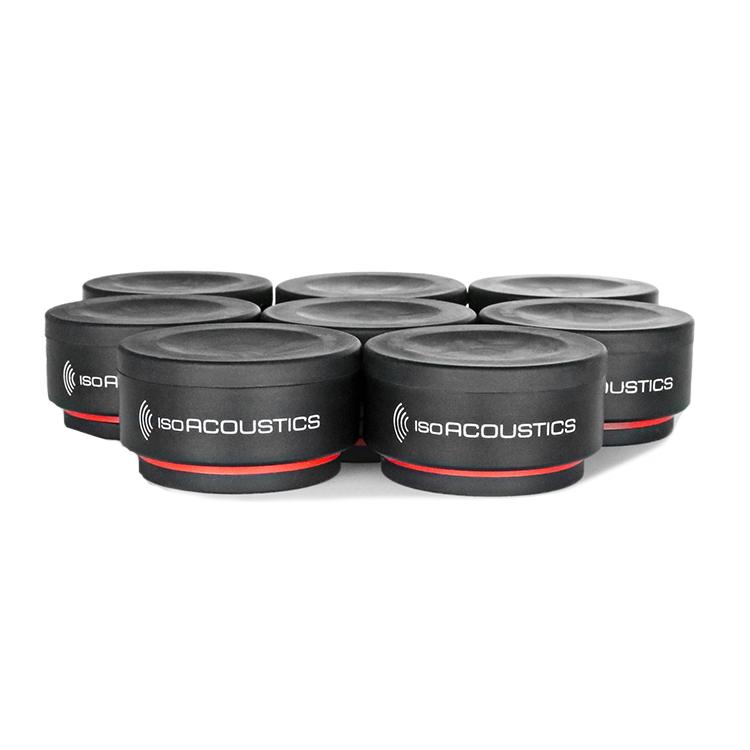


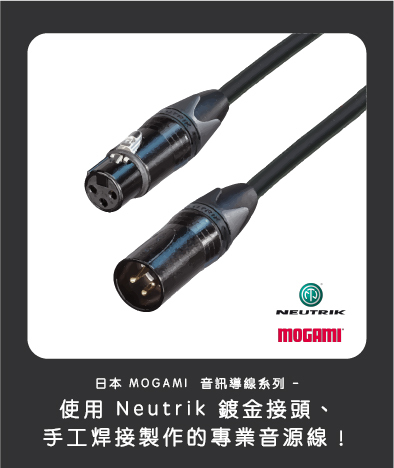











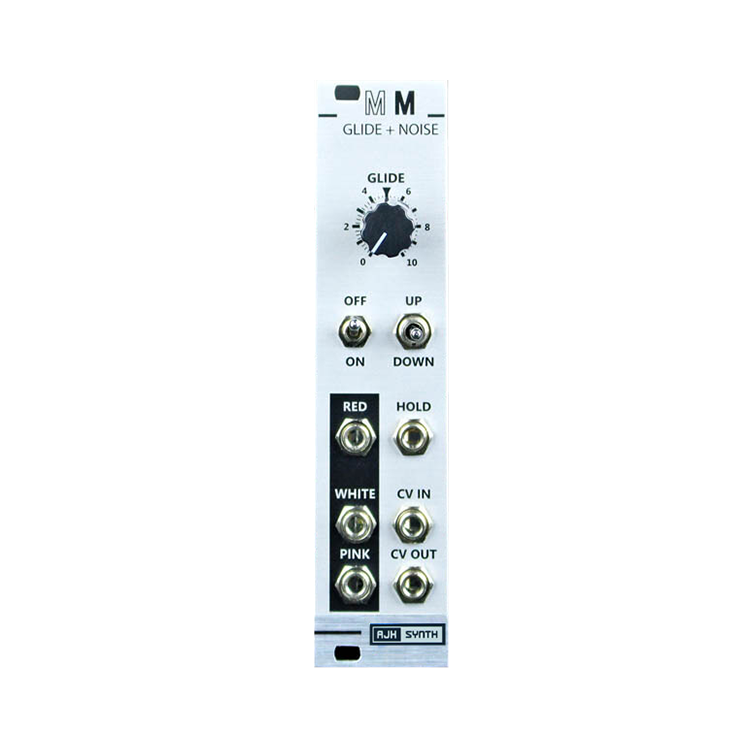


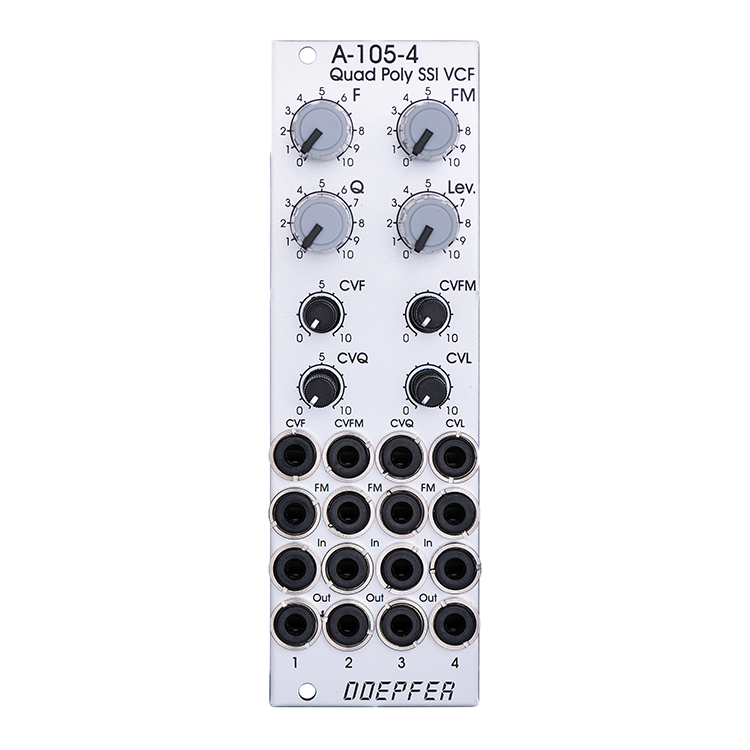










目前尚無評論